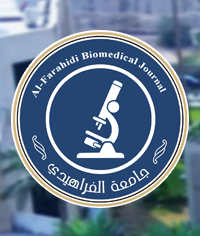Abstract
The main goal of this article was to determine whether calcium silicate/chitosan composite as a bone graft material to facilitate autogenous bone formation. We investigated the structure, morphology, weight loss, and dielectric properties of the fabricated composites pre-immersion (control) and post-immersion in stimulated body fluids (SBF) for 7 and 28 days using various techniques. FTIR, TGA, and SEM analysis prove the formation of a composite from calcium silicate integrated with chitosan polymer. The bone-like apatite layer formed after 7 days and improved after 28 days. TGA tests showed that sample 28 kept more material (38.24%) than 7 (25.88%) and control sample C (22.75%), leading to the soaking adding minerals to the composite or changing its structure. Dielectric studies over a frequency range (0.1 Hz–10 MHz) showed lower permittivity values in the post-immersion in SBF for 28 days than their counterparts of the control sample, confirming the formation of a thick apatite layer (adsorbing Ca2+ and PO3–) on the composite surface. Accordingly, the fabricated composite could be useful as a bone grafting material due to its bioactivity. Furthermore, the permittivity of this composite changed with the orientation of OH- ions in apatite crystals, which might be useful in the apatite formation process and bone tissue engineering in the future.
Recommended Citation
Mohamed, Khaled R.; Elnasharty, Mohamed M. M.; Abdelglil, Mostafa I.; and Mahani, Ragab M.
(2025)
"Investigation of Structure and Electric Study of Calcium Silicate/Chitosan Composite Pre- and Post-Immersion in SBF,"
Al-Farahidi Biomedical Journal: Vol. 1:
Iss.
1, Article 2.
Available at:
https://fbmj.uoalfarahidi.edu.iq/journal/vol1/iss1/2

